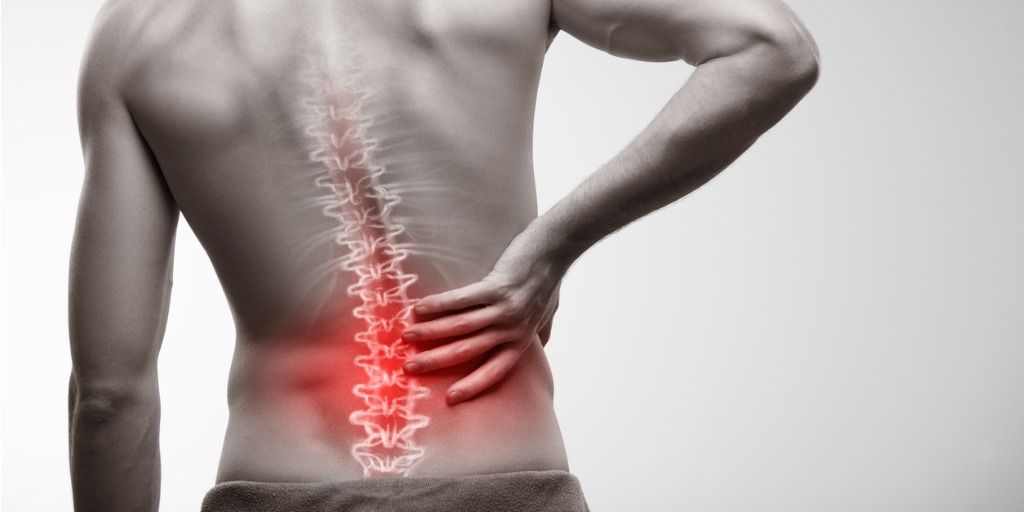Exercise Physiology in the workers compensation system?
This was my main question when I started as the Business Development Manager with Absolute Balance nearly 8 months ago. My experience over the past ten years of employment had been split between various industries such as the sporting goods, retail, and educational software industry. Little did I know the amount of empathy and learning that about to happen!
My introduction was fast paced and full of new faces and perspectives. The first month flew by and included the amazing experience of meeting roughly thirty odd exercise physiologists. My learning quickly snowballed into understanding each consultant and the reason they became an exercise physiologist. The reasons behind each consultant were both inspiring and humbling at the same time.
With every conversation, a team member took the time to explain the industry and the role the Absolute Balance team plays. My understanding and appreciation grew with every conversation and interaction. I quickly realised I was now surrounded by the best of the best in the industry. Each session I spent with an AB team member I learnt more about the workers compensation system, and its purpose. Accidents at work are unfortunate and often have huge implications for all parties, mainly the employee who has now sustained an injury which will prevent them from earning an income and providing for themselves or their family, thus the workers compensation system assists with this period of an employee’s life.
The Absolute Balance has built up a team of experiences exercise physiologists, who all operate on similar basics and methods. We believe these basics are the reason we achieve the results we do and why so many stakeholders chose us. A main stakeholder we spend a vast majority of time with is the treating General Practitioner. What we find so often with the GPs that we work with is how time-consuming workers compensation claims are, difficulties in getting report and then having to translate this on medical certificates. Because of this we are the only company that uses visual evidence to show return to work progress. What this means for the GP is that they can easily see their patients progress, through graphs and videos and have certainty when updating medical certificates, without having to read through pages of reports.
As specialists in workers compensation, we know that the GP wants the best outcome for their patients, and to assist them to get back to living their best lives. As specialists in worker compensation claims, we drive return to work outcomes, prescribing exercises that directly relate to the requirements of the patient’s job role. This enables a GP to have full confidence in the treatment we have recommended, knowing that we all have the same goals. Because we know that workers comp claims can be frustrating. We will provide a dedicated workers compensation specialists to be the GPs point of contact for the duration of the claim. A problem shared is a problem halved – we are here to help. We will come in regularly to show how the patient is progressing and be present in all case conferences, handling all the back-end details for the GP.
We strongly believe this will give the treating GP, confidence, and clarity during a workers compensation file. From a personal perspective I cannot wait to continue to learn in the industry and help the AB team go from strength to strength.
Michael Andrews
Business Development Manager




